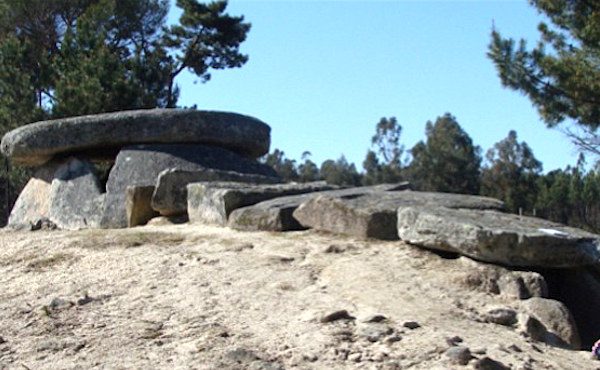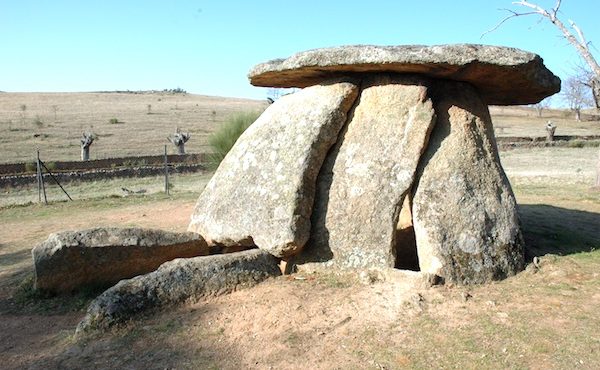6,000-year-old tombs: Researchers find 6,000-year-old tombs first-lens telescope in 6,000-year-old tombs

6,000-year-old tombs - Tombs in Portugal could have served as the first lens-less 6,000-year-old telescopes, creating a tunnel vision effect that would have made it easier to observe the stars above.
“The key thing is that a passage grave with its long corridor acts like a telescope that does not have a lens – it is a long tube from which you are looking at the sky,” astronomer Fabio Silva from the University of Wales Trinity Saint David told Nicola Davis at The Guardian. “Its characteristics are going to impact how you are looking at the sky in three or four ways.”
This includes directing your attention to a particular portion of the sky, while also blocking out the distraction of other stars and planets. In addition, it’s possible that the lightless environment of the megalithic structure would help your eyes adjust to the dark, making it easier to discern faint details such as distant stars.
“All you are doing is making sure everything is dark apart from that small area in the sky,” says another of the team, Daniel Brown from Nottingham Trent University.
The team thinks that a number of these passage graves in Portugal, including the Seven-Stone Antas in central Portugal, have entrance ways that aren’t positioned by accident.
“The orientations of the tombs may be in alignment with Aldebaran, the brightest star in the constellation of Taurus,” Silva said in a press release. “To accurately time the first appearance of this star in the season, it is vital to be able to detect stars during twilight.”
The researchers suggest that prehistoric peoples might have used the tombs as calendar aids, helping them mark the shift of seasons so they knew when to move to higher grounds in the spring. They could also have served as ritualistic devices, conferring special knowledge to those allowed inside the graves, or in rites of passage involving the young.
“Imagine a young boy forced to spend the night in the passage probably scared to death,” Silva told Clare Wilson at New Scientist. “In the morning he would see this star rise days before the rest of his tribe. That may have been presented as secret knowledge.”
The team presented their study at the National Astronomy Meeting in Nottingham this week, and they’re now looking to expand on their hypothesis by replicating the viewing conditions that the passage grave telescopes could provide.
“We are going to simulate this star rising at twilight conditions and allow people to tell us when they can see it,” Silva said. “Then [we will] compare that with a control group of people that are in a room which would replicate the conditions of being outside the passage grave.”
The research could also help shed light on what other forgotten purposes these ancient tombs once had. A large number of Europe’s passage graves share another unexplained coincidence, aside from the Aldebaran connection being examined in the new study.
“There are more than a thousand passage graves along the Atlantic coastlands of northwest Europe. How they were used has been a question on the lips of many archaeologists for centuries,” archaeologist Timothy Darvill from Bournemouth University in the UK, who was not involved with the study, told Sarah Knapton at The Telegraph.
“Some, including the well-known examples at Newgrange in Ireland and Bryn-celli-Ddu on Anglesey, seem to have been orientated towards either the sunrise or sunset on the summer or winter solstice,” he added. “But only about 10 percent of passage graves seem to have these orientations. It would be wonderful if the proposed research could identify patterns that apply to the other 90 percent.”
 By:
By: 

